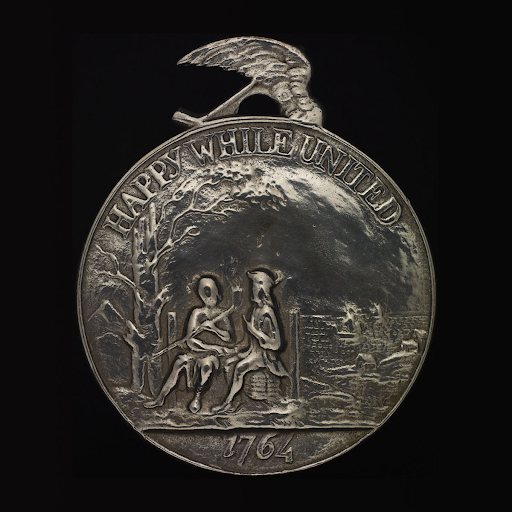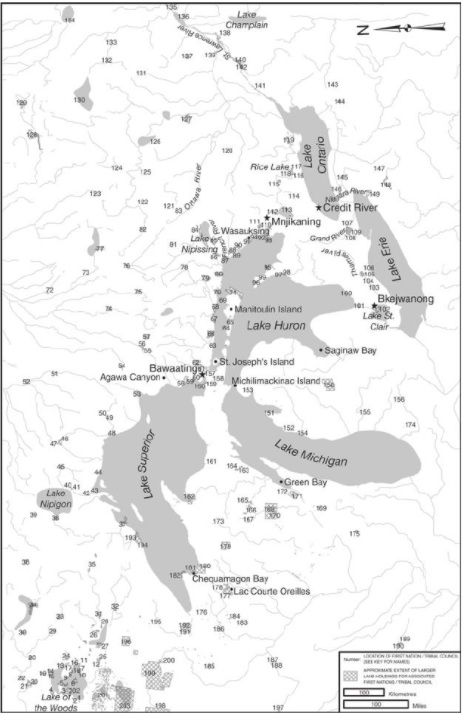GRASAC Research Assistants (RAs) are enriching the information in the Great Lakes Treaty Timeline, which was launched on GRASAC.org during Ontario Treaty Recognition Week last November. We’re excited for these new entries, two of which are introduced by the RAs below.

| Treaty No. 9 Resource Page and Video By Sheila Wheesk My name is Sheila Wheesk, and my clan is Muskwa. I am from the western part of James Bay; I grew up in Moosonee until I was a youth. I am working on a Master’s degree with the Department of History at the University of Toronto. My thesis is about cultural material and women’s governance. I am a TA at the University of Toronto for the Indigenous History of the Great Lakes, 1810 to the Present, and also a RA for GRASAC. I have fond memories of northern Ontario because of my relationship with the land, the people, the history, the oral stories, and most importantly, because I am a Treaty no. 9 Indian. However, I lacked the historical background about Treaty no. 9 and its written text. Fortunately, I had an opportunity to learn about the process of treaties in the History and Native Studies courses at the University of Toronto. |

Treaty of Niagara Resource Page
By Amelia Healey
It was a pleasure to contribute to GRASAC’s Great Lakes Treaty Timeline and support the creation of treaty summaries that shed light on, and connect, these important agreements. In the article on the Treaty of Niagara, readers will find information on the approximately 2000 Indigenous representatives present during the treaty in 1764. This article highlights the negotiation objectives, including entering and renewing the Covenant Chain alliance and re-establishing trade. The heading image for the article is of a British-commissioned medal that demonstrates how this agreement was recorded in material items, such as medals and wampum belts.
I am grateful to have been able to compile information on the Treaty of Niagara from excellent sources, especially Alan Ojiig Corbiere’s dissertation “Anishinaabe Treaty-Making in the 18th-and-19th-Century Northern Great Lakes: From Shared Meanings to Epistemological Chasms,” John Borrows’s book chapter “Wampum at Niagara,” and Paul William’s Master of Laws thesis, “The Chain.” Learning about the symbolism and meaning carried in the Covenant Chain was one of my favourite elements of this research. In his work, Williams writes that like a chain, the alliance binds different nations, making strong and equal partnerships between individuals. The alliance is meant to be expanded but not lessened, with unjust bloodshed being corrosive to the chain. I learned a great deal from this project, and I hope that this short article will be interesting and valuable to anyone reading.

New Great Lakes Indigenous Communities Map
Also new to GRASAC.org is an amazing map of Great Lakes Tribal Councils and First Nations, made by Nicky Recollet of Crane’s Atlas and Robinson Huron Waawiindaamaagewin for Heidi Bohaker’s book, Doodem and Council Fire: Anishinaabe Governance through Alliance. The map can be found next to the Great Lakes Treaty Timeline under the “Learn” tab on the GRASAC website.
